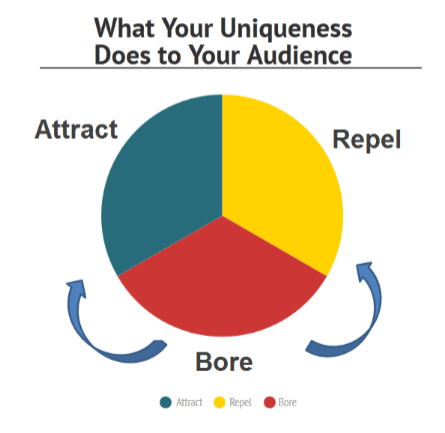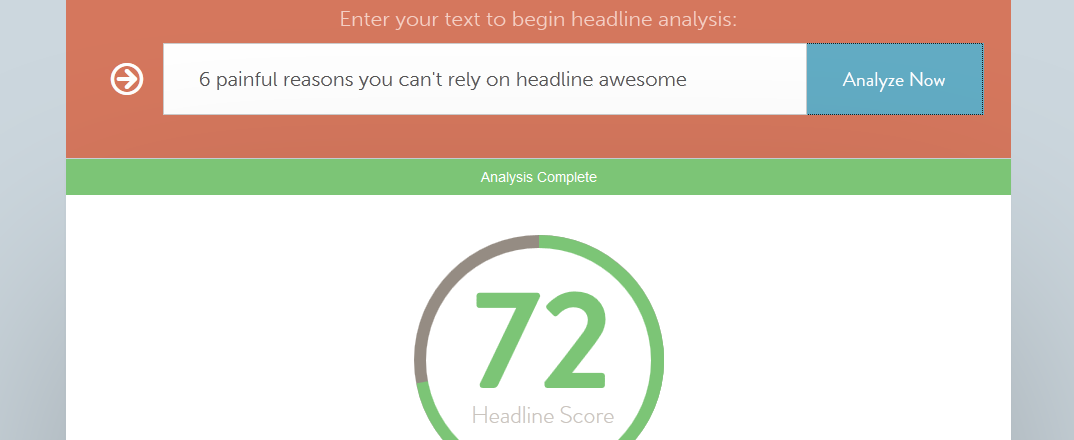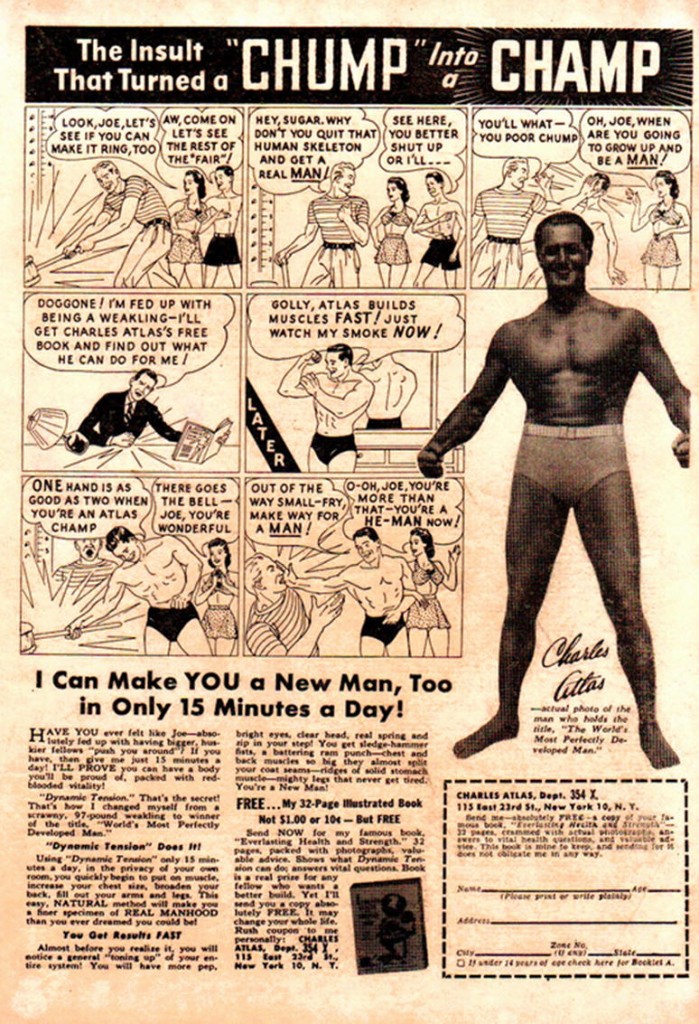Quick Copywriting Tip #5: In most cases, you can get away with infuriating 95% of your list/audience in an effort to win over the 5% who are your best buyers and referrers.
Donald Trump is 24 karat gold.
For comedians, journalists, content creators and lovers of funny memes, anyway. Maybe not so much for the American people, or citizens of the world at large.
Marketers and entrepreneurs can learn quite a bit from him, too. Far more than we have time to discuss here.
As the subject line states, I’ve avoided writing about The Donald, but for this Quick Copywriting Tip, I can’t think of a better illustration.
As of 1 hour ago, 60.4% of Americans dislike/despise Trump, according to data aggregated from 171 polls. Just 2 weeks ago, his unfavorable rating was as high as 67.8%.
These are historically BAD numbers for presidential nominees. (Hillary Clinton’s numbers are not much better.)
And yet, he’s amassed the most primary votes of any Republican ever. Voters are taking action. And it’s not because Trump’s trying to appeal to the masses.
Everyone has an opinion about him. According to the polls I mentioned, only 2.6% of people are undecided about him.
Amazingly 3.1% of people are undecided about President Obama because they “haven’t heard enough” to rate him. After over 7 years in office — and a bazillion news stories about him.
What does all this mean for you?
Your customers aren’t looking for people who can “kinda-maybe” solve their problems. They don’t want their lives to be 2% better. They want total transformation – or as close to it as they can get.
They want to start winning. Or win more “yuge” victories.
“… there is one thing you can count on: your family, friends, customers, clients and even everyone you have yet to meet will have these needs met by someone. The only question is, will it be by you?” ~ Blair Warren (accents mine)
You can’t control who is in the market for what you sell and who isn’t. It’s your job to be the clear-cut choice for a specific someone. That may mean offending someone else in the process.
That’s cool. Those people are not your ideal customers. There’s a good chance they’d never give you any money anyway.
Watering yourself and your message down to avoid ruffling their feathers means…well, it means that you’re watered down. And that will have an adverse effect on those people who love who you are and what you stand for.
Attract people or repel them. Just don’t be boring! You can’t bore people into buying.
So stand boldly for something — and don’t be scared to be (appropriately) loud about it.
Read all 13 Quick Copywriting Tips










